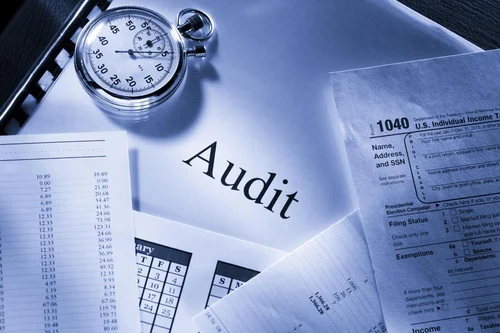System and Organization Controls (SOC) 1 audit is a type of audit that evaluates the internal controls of a service organization, which includes controls over financial reporting. The SOC 1 audit process is an important part of ensuring the security and compliance of your organization, especially if you provide services to clients or customers that depend on the security of your systems to protect their sensitive data. In India, SOC 1 audits are becoming increasingly important due to the rise in cyber threats and the growing need for data security.
In this article, we will provide a step-by-step guide to help you understand the SOC 1 audit services in India.
Step 1: Define the Scope of the Audit
The first step in the SOC 1 audit process is to define the scope of the audit. This involves identifying the systems, processes, and controls that will be audited. The scope should be clearly defined to ensure that the audit team focuses on the areas that are most critical to your business.
It is important to involve all the stakeholders in defining the scope of the audit, including the internal audit team, management, and the external auditors. This ensures that everyone is on the same page and that the audit objectives are aligned with the overall goals of the organization.
Step 2: Identify Control Objectives and Risks
The next step is to identify the control objectives and risks associated with the systems and processes being audited. Control objectives are the goals that the controls are designed to achieve, such as ensuring the accuracy of financial statements or preventing unauthorized access to sensitive data.
Risks are the potential threats or vulnerabilities that could impact the achievement of the control objectives. It is important to identify all the risks associated with the systems and processes being audited to ensure that the controls are designed to mitigate these risks.
Step 3: Develop and Implement Controls
Once the control objectives and risks have been identified, the next step is to develop and implement controls to mitigate the risks and achieve the control objectives. Controls can be physical, technical, or administrative, and they should be designed to prevent, detect, or correct any errors or fraud that could impact the accuracy of financial statements.
It is important to document all the controls and ensure that they are effectively implemented and monitored. This documentation will be reviewed by the auditors during the audit process.
Step 4: Perform a Pre-Audit Assessment
Before the actual audit, it is important to perform a pre-audit assessment to identify any weaknesses in the controls and address them before the audit. This can help to reduce the risk of audit findings and improve the efficiency of the audit process.
The pre-audit assessment can be performed by the internal audit team or an external consultant. It should include a review of the control environment, a walkthrough of the key processes, and a review of the documentation related to the controls.
Step 5: Perform the Audit
The actual SOC 1 audit is performed by an external auditor who is independent of the organization being audited. The auditor will review the documentation related to the controls, perform tests of the controls, and interview key personnel to ensure that the controls are operating effectively.
The auditor will issue a report that includes an opinion on the effectiveness of the controls and any weaknesses or deficiencies that were identified during the audit. The report will be provided to the management of the organization being audited and may also be provided to the organization’s clients or customers as evidence of the organization’s commitment to data security.
Step 6: Remediate Weaknesses
If any weaknesses or deficiencies are identified during the audit, it is important to remediate them as soon as possible. This involves developing and implementing a plan to address the weaknesses or deficiencies and ensuring that they are effectively remediated.
It is important to document the remediation process and provide evidence to the auditor that the weaknesses or deficiencies have been addressed. The auditor may perform a follow-up review to ensure that the remediation has been effective.
Step 7: Maintain Compliance
Maintaining compliance with SOC 1 audit requirements is an ongoing process that requires ongoing monitoring and maintenance of the controls. It is important to continuously review and update the controls to ensure that they are effective and address any new risks or threats that may arise.
In addition to maintaining compliance with SOC 1 audit requirements, it is important to also comply with other regulatory requirements and industry standards related to data security and privacy.
Conclusion
The SOC 1 audit process is an important part of ensuring the security and compliance of your organization, especially if you provide services to clients or customers that depend on the security of your systems to protect their sensitive data. In India, SOC 1 audits are becoming increasingly important due to the rise in cyber threats and the growing need for data security.
To successfully complete a SOC 1 audit in India, it is important to follow the step-by-step guide outlined in this article, which includes defining the scope of the audit, identifying control objectives and risks, developing and implementing controls, performing a pre-audit assessment, performing the audit, remediating weaknesses, and maintaining compliance.
By following these steps, you can ensure that your organization is prepared for a SOC 1 audit and that your systems and processes are designed to effectively mitigate the risks associated with financial reporting and data security.





